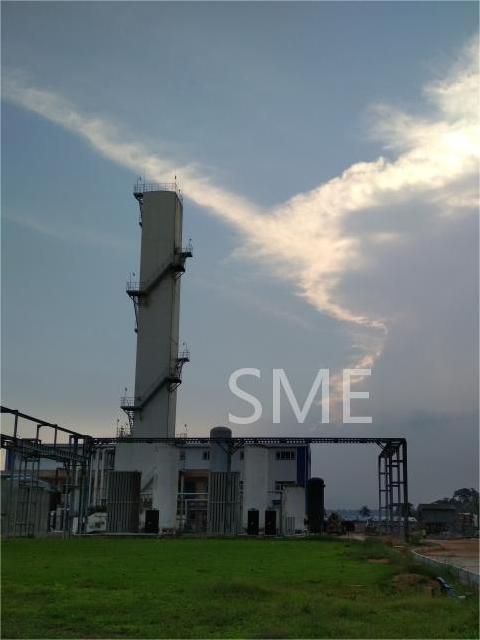Scientists have never stopped researching and exploring better metal forming processes, which can be easily applied, simple and efficient, and can ensure the performance requirements. As far as now, there are eight kinds of metal forming processes being commonly used for various purposes.
Liquid metal is poured into the cavity of the mold with the shape and size of the part, to be cooled and solidified, in order to obtain the blank or parts of the production method, usually called metal liquid forming or casting. This process can produce any complex shape of the parts, especially the cavity shape complex parts, the alloy type and the size of the casting piece is almost unlimited.
The plastic forming is the use of plasticity of the material, the external force of the tool and mold to process the parts with less cutting or no cutting process. It includes rolling, forging, extrusion, drawing, stamping method, etc.
The machining method is directly with the tool in the blank to remove the excess metal layer thickness, so that it or the drawings required by the size accuracy, shape and location of mutual accuracy, surface quality and other technical requirements of the processing process.
The fusing is a manufacturing technology for joining metals or other thermoplastic materials by means of heating, high temperature or high pressure.
The powder metallurgy is the process of making metal or using metal powder (or a mixture of metal powder and non-metal powder) as raw material, after forming and sintering, to manufacture metal materials, composite materials and various types of products. The vast majority of refractory metals and their compounds, pseudo-alloys, and porous materials can only be manufactured by powder metallurgy methods.Powder metallurgy method can ensure the correctness and uniformity of the material composition ratio, suitable for the production of the same shape and a large number of products, can greatly reduce production costs.
The matal injection molding is to inject metal powder and its plasticizing mixture of binder into the model. It is characterized by low requirements for mold materials, good surface quality, low scrap rate and high production efficiency.
The semi-solid metal forming is used to make alloys that cannot be made in the conventional liquid state, and the forming temperature is lower than that of full liquid forming, which greatly reduces the thermal impact on the mold.
The 3D printing is a technology that uses digital model files as the basis for constructing objects by printing layer by layer using bondable materials such as powdered metals or plastics.
